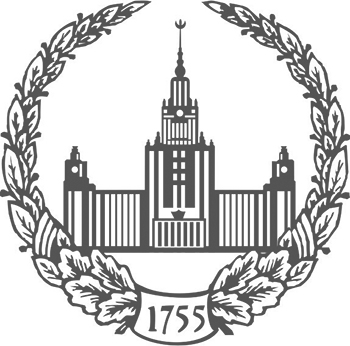ISSN: 2074-8132

ISSN: 2074-8132

Introduction. The problem of human adaptation to modern realities, including living in cities, changing the traditional diet, and significantly reducing physical stress on the body in everyday life is becoming increasingly relevant all over the world. In this vein, experts from various fields of science pay attention to the study of general secular trends and a more detailed analysis of individual components of this phenomenon, including body composition and other somatic characteristics of specific social and/or gender and age groups of the population. Of particular interest are data on urban populations that have recently migrated from rural areas, against the background of significant socio-economic transformations in the countries of the Global South, as well as a comparison of data from different regions of the world to identify common and population-specific indicators of adaptation.
Materials and methods. The paper presents data on students from three populations (684 individuals, 343 of them men and 341 women): Tanzanian (natives of the Bantu peoples from Dodoma), Russian (residents of Tula) and Buryat (residents of Ulan-Ude). The age ranges from 17 to 30 years, the average age was 21.28±2.75 y. A number of anthropometric characteristics and body composition were measured.
Results. Our data indicate the presence of sexual dimorphism in each of the studied populations according to the complex of morphological characteristics and body composition. It is noteworthy that Russian students (Caucasians) had more pronounced sexual dimorphism compared to Tanzanians (Negroids) and Buryats (Mongoloids).
Conclusion. Summing up, data on three populations representing samples of young people who are similar in social status and level of education, but differ in their racial and ethnic origin, as well as the environmental characteristics of the regions of residence, indicate the presence of distinct differences between the sexes in body size and its component composition. These differences were unidirectional in the three samples studied, and may reflect the generalized outcome of natural and sexual selection for Homo sapiens. © 2024. This work is licensed under a CC BY 4.0 license
The aim of this study was to assess the level of sexual dimorphism of somatic parameters and body proportions in urban samples of Kabardians and Balkars.
Materials and methods. All materials for this study were obtained during a survey of university students in Nalchik (Kabardino-Balkaria) in 2023. Anthropometric data on 317 individuals (135 males and 182 females), aged from 17 to 23 years (the average age was 18,81±1.49) are presented in this paper. The analysis included 19 somatic parameters and several indices characterizing body proportions. To evaluate the level of sex differences in somatic parameters, Student’s t-test was used. For each of the analyzed somatic characteristics, the coefficient of sexual dimorphism was calculated.
Results. The results of the study showed a comparable level of somatic sexual dimorphism in the samples of Kabardians and Balkars. In both studied groups, males are larger than females, as evidenced by the positive values of coefficients of sexual dimorphism of total body sizes (except body mass index). Maximum degree of sexual dimorphism was observed in the longitudinal and transverse parameters of the skeleton. Body height and limbs lengths, as well as skeletal robustness, are greater in males compared to females in both ethnic groups. The values of almost all circumferences were higher in men. For most of the studied somatic parameters, the coefficients of sexual dimorphism are lower in Balkarians, except body height and limbs length.
Conclusion. There were no statistically significant differences in the mean values of somatic parameters in the groups modern urban Balkars and Kabardians. Sexual dimorphism of the majority of the analyzed characteristics was similar in both studied samples. © 2025. This work is licensed under a CC BY 4.0 license
